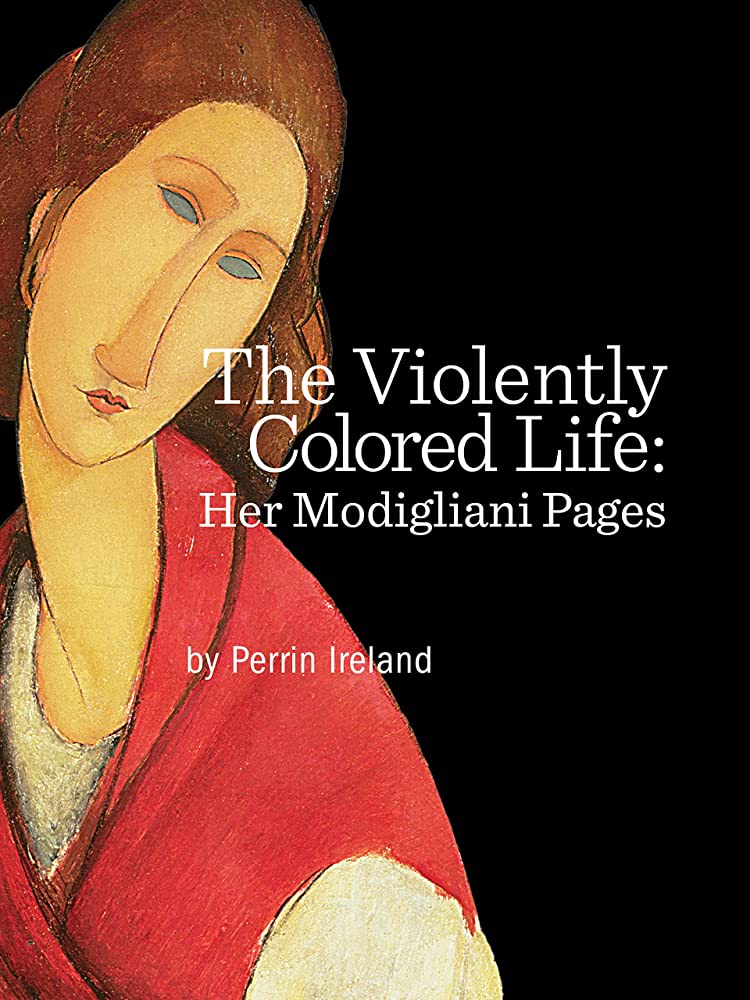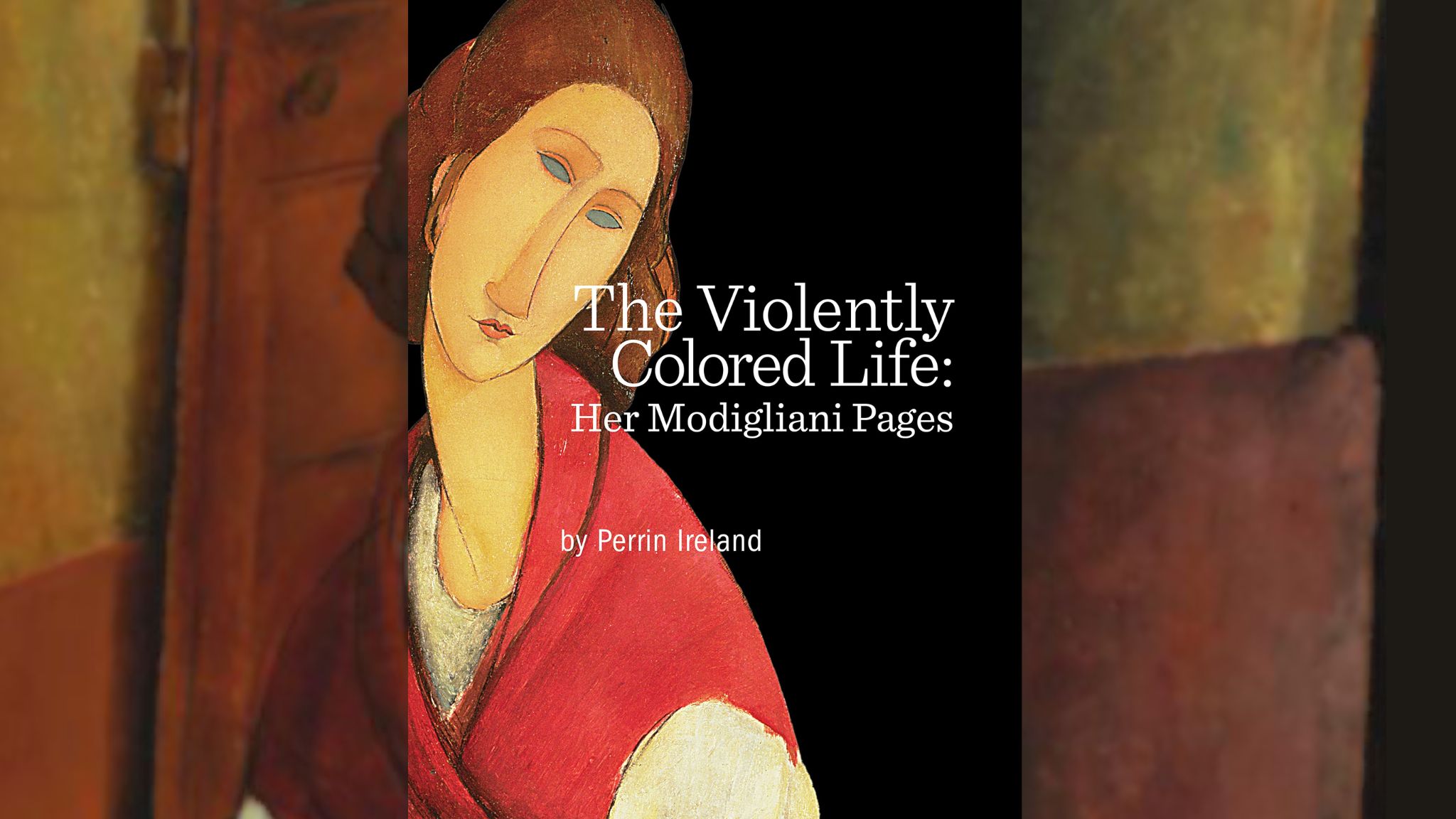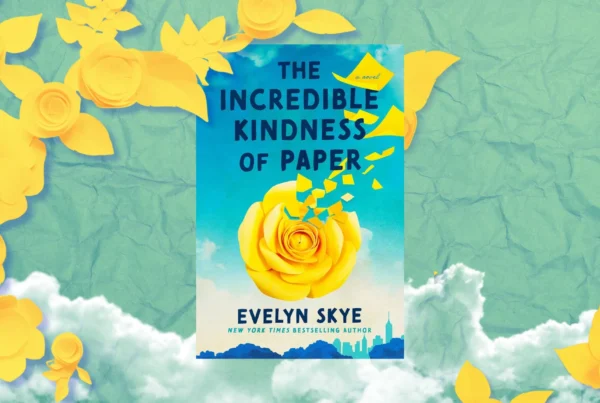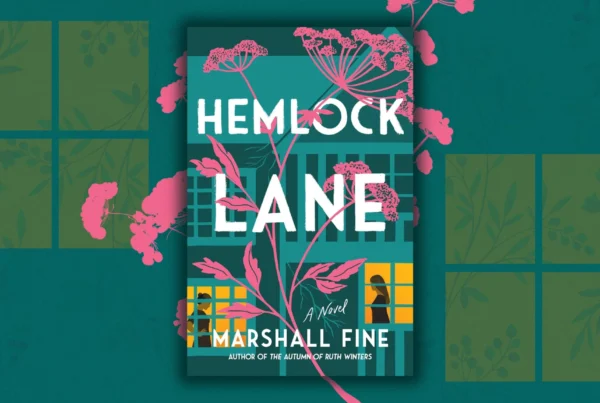The Violently Colored Life: Her Modigliani Pages by Perrin Ireland
From Spain came Picasso. From Russia, poet Ana Akhmatova. From Mexico, Diego Rivera. From America, Gertrude Stein. From Japan, South Africa, Poland, Romania, Wales, from all over the world, artists and writers found their way to Paris in the years leading up to World War I. And from Italy, also came Amedeo Modigliani. And for the young Parisienne Jeanne Hébuterne, life would never be the same.
The Violently Colored Life (Charles Square Press) by Perrin Ireland recounts the bittersweet love story of painter and sculptor Modigliani and his common-law wife and fellow artist Hébuterne, alongside their complex relationships with a veritable who’s who of modernist icons: Jean Cocteau, Blaise Cendrars, Apollinaire, Constantin Brâncuși, Picasso, Akhmatova, Rivera, Stein — it’s enough to leave you breathless with awe. Between late-night drinking sessions, a revolving door of shared flats and studios, affairs of every orientation, and cross-pollination of art disciplines, styles and subject matters, we get an insider’s view of an incredibly fertile and fleeting period of art history and the people who flourished there, flaws and all.
A Woman Whose Life Is Coming Undone
Written as the fictional memoir of Hébuterne in the months leading up to her death, in this historical novel, Ireland portrays a woman torn between her art and her roles as partner and mother as she struggles through the last trimester of her second pregnancy, the rejection of her family, the failing health of Modigliani (whom she calls Modi, for short), and the growing signs that she, too, has contracted Modi’s fatal illness, tuberculosis.
Tellingly, she devotes much of her memoir to the life and work of Modi, 14 years her senior, and his many entanglements, romantic and otherwise. It is this devotion that leads her down a path to self-negation, where her art can only take shape in her mind, where she feels “invisible” among luminaries, and where she is sidelined by gatekeepers even as Modi begins to enjoy some modest success. She has the talent and desire to achieve more, with an ever-dwindling capacity to do so.
A Sense of Foreboding
Ireland starts Hébuterne’s story at the end: on a snowy winter night, she stands on the balcony of her parent’s fifth-floor apartment in Paris — a frail young widow, days away from childbirth. In a few short hours, a workman will find her body, broken and bloody, on the cobblestone street. Did she fall? Did she throw herself off? The presence in the room of her estranged brother André raises a darker possibility. Was she pushed?
A quote from Akhmatova at the front of the book primes us for the storytelling method Ireland is employing: “The future, as we know, throws its shadow long before it enters.” Ireland weaves such shadows in and out of Hébuterne’s musings: Is her brother secretly stalking her? How could mothers commit suicide when they have children who need them? Why is the child in her womb so inactive? Is that a splotch of blood on her handkerchief? These moments are a subtle yet compelling force in the narrative. We know how the story ends, and yet we can’t stop reading. Just how bad can things get for Hébuterne? And how does such an idealistic and hopeful young artist arrive on that balcony, in that state of mind?
A Gorgeously Designed Book
The novel is broken down into five parts, each consisting of very short chapters, making this the kind of read you can flit in and out of, though its rewards are greater for those who succumb to its siren call to enter Hébuterne’s world. Ireland’s writing style is fluid, switching between Hébuterne’s past and present with ease, and is as engaging in its recounting of historical events as it is in delving into the poetic imagination of the narrator or the eccentricities of the many characters that surround Modi and Hébuterne’s lives. There is a satisfying sense of craftsmanship to the prose.
Adding to the enjoyment of the narrative is the book itself, a large-format paperback with dozens of full-color reproductions of art from Modigliani, Hébuterne, and a cross-section of their companions — including portraits of each other. It’s a novel masquerading as a coffee table book, with thick, semigloss pages and beautiful typography.
With The Violently Colored Life, Ireland has achieved an evocative work of art inspired by art.
About Perrin Ireland:

Perrin Ireland is the author of the novels Chatter (Algonquin Books), Ana Imagined (Graywolf Press) and, more recently in 2022, The Violently Colored Life: Her Modigliani Pages (Charles Square Press), which explores the latter days of Jeanne Hébuterne, the last lover of painter Amedeo Modigliani. Ireland’s work has been published in AGNI magazine (fiction and poetry), The Boston Globe (book reviews), Post Road magazine (nonfiction), and Fanzine (nonfiction).
Prior to devoting full time to writing, Perrin was Associate Director for Drama and Arts at the Corporation for Public Broadcasting and a senior program officer at the National Endowment for the Arts. She was Executive Producer of “Spirit to Spirit: Nikki Giovanni,” a documentary film aired nationally during primetime on PBS and selected as “Pick of the Week” by The New York Times and The Washington Post. (Selected exhibitions include the Metropolitan Museum of Art, the Hirshhorn Museum, and the National Theater in London.)
Perrin has an M.F.A. in Writing and Literature from Bennington College. She and her husband live in Washington, D.C.
Buy this Book!
Amazon





